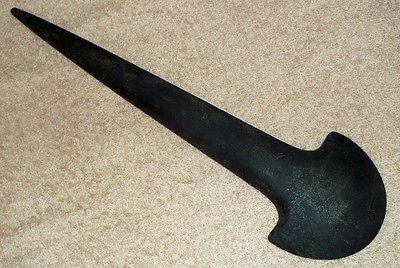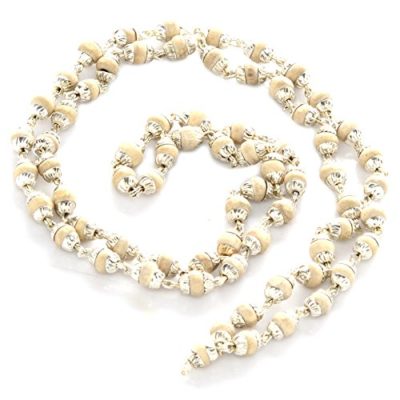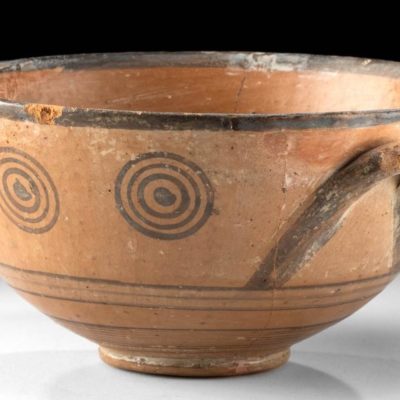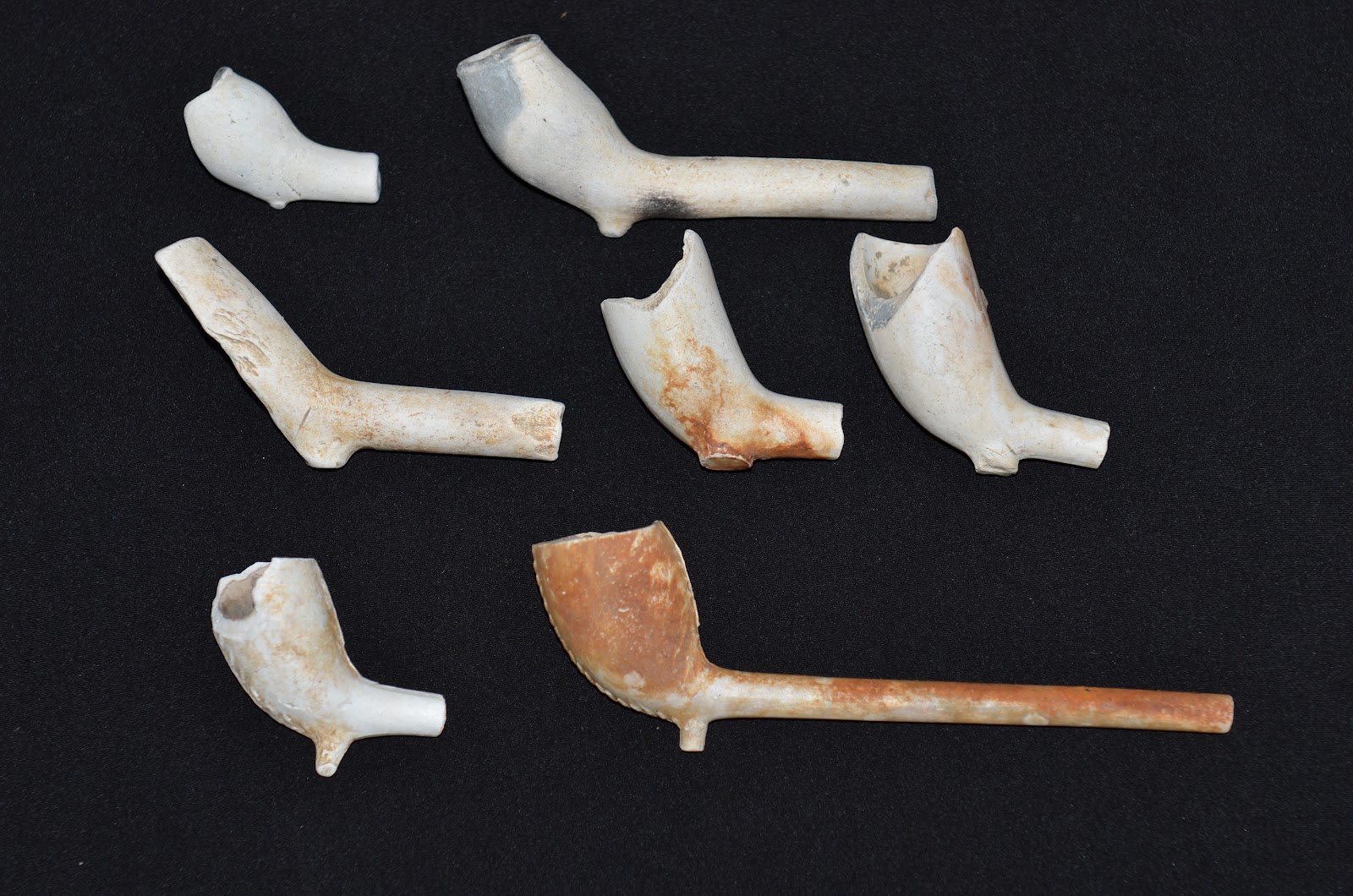During the time that we call the Southeastern Ceremonial Complex or Mississippian Period, the inhabitants in the southern part of our country made and used many religious/ceremonial artifacts including shell gorgets, zoomorphic pipes, artistically engraved and painted pottery vessels and various types of axe tools. This latter category includes the very rare monolithic axes and several types and shapes of celt-like objects. This celt-derived tool class comprises spatulates, elongated celts and the very odd appearing tools that, today, are commonly called a spuds. These “spud” artifacts are actually “sociotechnical” implements meaning they were most likely made as technical or utilitarian axe type objects that were modified using non-standard celt materials and/or non-standard overall shapes for the purpose of serving social/religious/ceremonial uses. Spud is a rather crude name for such a sophisticated and well made type of celt but since collectors know the artifact by that name, this writer will use it in this article.

Spuds have been found, though quite rarely, from Oklahoma eastward through Missouri, Illinois, Tennessee, Alabama and Georgia and usually at or near major temple mound sites. Many Indian artifact collectors have never actually seen one except in a book or archaeological journal photograph because they are so unique. They have been found in short and long handle configurations – the long handle ones also being called “rat tail spuds” because the small head and long handle vaguely resemble long tail rats.
The state of North Carolina is not exactly in the heart of the territory occupied by the inhabitants of the Southeastern Ceremonial Complex being too far east and north and thusly should not contain any rat tail spuds. But many years ago, a farmer plowing a field alongside the Town Fork Creek in Stokes County, NC, did unearth one of these eccentrics. The farmer, apparently not being a collector, passed the tool on and it entered the collection of a father and son and there it remained until acquired by myself and became one of my favorite artifacts.
The name spud was assigned to these objects over a hundred years ago because the original ones that were found reminded the discoverers of the shovel-like tools used in Europe to dig potatoes or spuds. Long handle or rat tail spuds are indeed oddly shaped artifacts since they resemble the cutting or bit end of a celt attached to a short broom handle. The bit end of the rat tail spuds are usually flattened like many other celts and the long shaft is normally round but some are ovoid shape in cross section. There have been fewer than one hundred of them found and few of these have shown any evidence of being used as a tool, so the supposition is that they were made and used strictly for some unknown ceremonial purposes. They vary from about twelve inches in length to over twenty inches and were usually made of greenstone though a few were made of slate and soft limestone. Greenstone is itself a catch-all term since it encompasses many types of stone that have a chlorite base – thus giving the mineral a greenish color. As already stated, their exact original purpose is unknown, which is typical for many Mississippian Period artifacts. Theories of their meanings to the ancients include rattlesnake effigies, long tail raptor effigies and arrow effigies. Some recovered spuds clearly show evidence of hafting to a handle, probably a wooden handle. This means that these artifacts would have been used as a hafted axe or celt form but most likely not for any practical purposes. Indeed some of the very rare shell cup and gorget engravings, especially from the Spiro Mound complex in Oklahoma, clearly show warriors with hafted elongated celt-like implements fastened to their bodies. Does that mean these objects were war weapons? Many collectors today, though, believe that these artifacts were simply symbols of status, be it ceremony or war, for the society’s elite some four to seven hundred years ago.
This rat tail spud, as far as research has determined, is the only one ever found in the Tar Heel state. It is fifteen and three-eighths inches in length with the barbed head being two and seven-eighths inches both in width and length. The head has five saw-tooth serrations on one edge and four on the other but that edge probably also had five serrations in ancient times, the fifth of which was lost by a small ding on the barbed end. It is made of dark olive green serpentine greenstone and is well polished on the entire surface which probably means that countless hands touched and held it over countless ancient years. As a further guarantee of its authenticity, this spud is pictured in Douglas Rights’ 1947 book THE AMERICAN INDIAN IN NORTH CAROLINA. Reverend Rights was a close friend and fellow artifact collector to the family who owned the spud for many years. As stated already, NC is not known as being a hot bed of the Mississippian Culture but Stokes County, which is in the north central part of the state, has given up many unique artifacts such as symbolic pottery, engraved shell gorgets and effigy pipes. But none of these can compare with the rarity of this exceptional Rat Tail Spud – probably North Carolina’s rarest Indian artifact.
REFERENCES:
Brown, James A.
THE SPIRO CEREMONIAL CENTER
1996
Funderburk, Emma L. and Mary D. Foreman
SUN CIRCLES and HUMAN HANDS
1957
Galloway, Patricia, Editor
THE SOUTHEASTERN CEREMONIAL COMPLES: ARTIFACTS and ANALYSIS
1989
Hothem, Lar
INDIAN AXES and RELATED STONE ARTIFACTS
1987
Phillips, Phillip and James A. Brown
PRE-COLUMBIAN SHELL ENGRAVINGS
1978
Rights, Douglas L.
THE AMERICAN INDIAN IN NORTH CAROLINA
1947
Copyright © 2013, Jim Maus. All rights reserved. – Email jimmaus@yad





